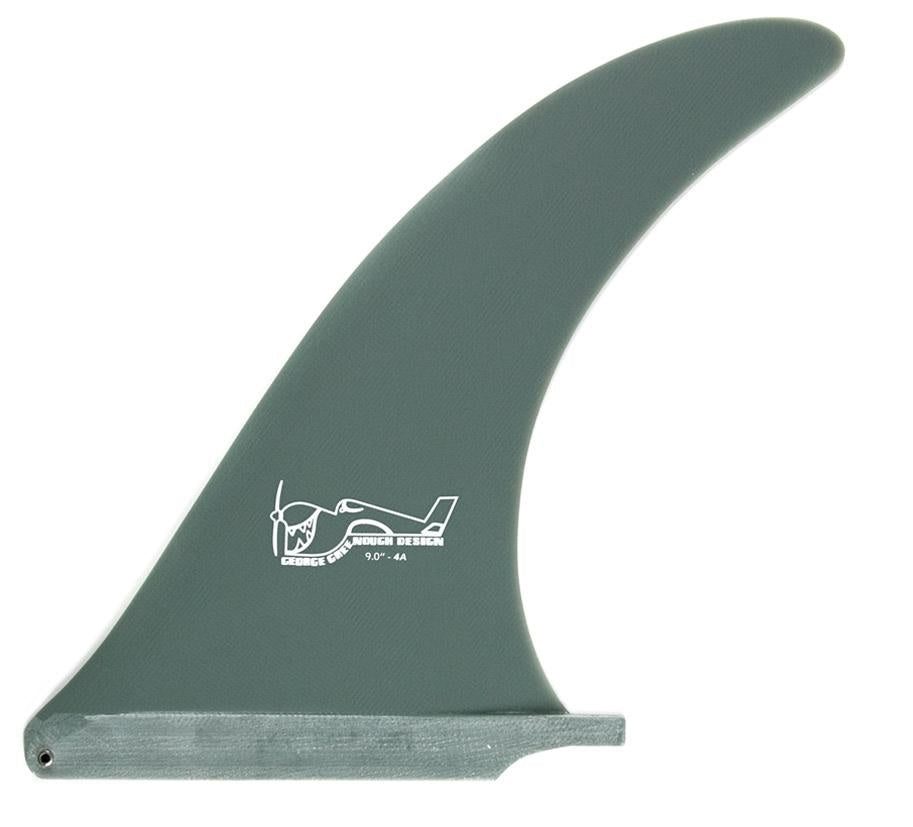Surfboard Fins 101

Tom Blake
Picture from www.surfmuseum.org
When Tom Blake put an abandoned boat keel onto his redwood surfboard in 1934, he had no idea the innovation explosion he was about to spark. The addition of a fin made boards infinitely more maneuverable, which led to progression both in how waves were approached and what waves were approachable.

Keel fin
Picture form True Ames Fins
Bob Simmons improved on Blake’s keel fin in the 1940s, building a more raked keel that is still in use today on some types of boards. He is also credited with building the first twin fin. Then
George Greenough created a narrower fin that looked more like a dolphin’s dorsal, adding flex to the tip and in part ushering in the shortboard revolution.
True Ames Greenough 4-A
Single fins and keeled twins (such as Steve Lis’s fish design) dominated modern surfing well into the 1970s, when Mark Richards modified and modernized the twin and proved the design by winning four world championships between 1979 and 1982. These new boards were able to perform radical maneuvers in the pocket, but still sacrificed power inlarger surf.

Simon Anderson
Simon Anderson’s performance on a tri-finned “thruster” at massive Bells Beach in 1981 heralded a new era of design and performance, but the Campbell brothers actually came up with a three-finned design a few years earlier, featuring a large center fin and shallow, drawn-out side fins that added extra drive in waves of consequence. Unfortunately for the Campbells, the “Bonzer” was overshadowed by Anderson’s thruster, and only began to regain traction in the market during the “ride anything” movement of the early 2000s, when many surfers looked back to retro boards for new, fresh approaches to wave riding. Despite the fact that older templates and fin setups are now common in today’s lineups, the thruster still dominates as the go-to fin setup on most boards.

C.J. Hobgood wins Jeep Body Glove Surf Bout at Lowers
The quad (four fins) was experimented with in the 1980s, but didn’t receive much public attention until its resurgence in 2007, when
CJ Hobgood won a major pro event on one at Trestles. Since that time, quads have become the second most popular fin setup in use, after the thruster.

 Simon Anderson
Simon Anderson


